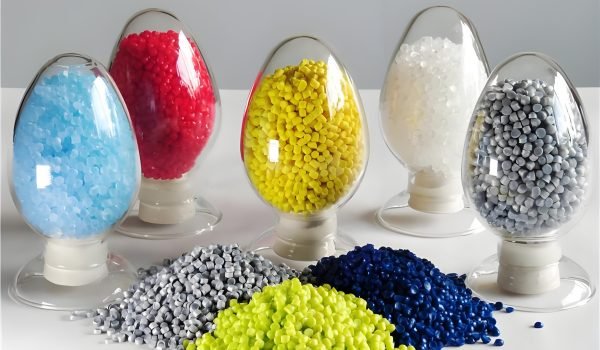Are you struggling to decide between PETG and ABS for your next 3D printing project? Choosing the right material is crucial for achieving optimal results.
With the rise of 3D printing, selecting the appropriate thermoplastic material has become a critical aspect of the manufacturing process. Two popular materials, ABS and a glycol-modified version of another common plastic, have unique properties that make them suitable for different applications.
Understanding the differences between these materials is key to making an informed decision for your project. In this article, we’ll explore their composition, properties, and best use cases to help you choose the right material.
What is ABS?
Acrylonitrile Butadiene Styrene, commonly referred to as ABS, is a versatile 3D printing material that offers a balance of strength, impact resistance, and affordability. As a thermoplastic polymer, ABS is widely used in various applications, from consumer products to industrial components.
Composition and Basic Properties
ABS is composed of three main monomers: acrylonitrile, butadiene, and styrene. This combination provides ABS with its characteristic properties, including high mechanical strength, impact resistance, and heat tolerance. The material’s durability and long-term stability make it suitable for functional parts that need to withstand regular use and mechanical stress.
Common Applications for ABS
ABS is commonly used in 3D printing for creating functional parts, prototypes, and end-use products. Its applications range from consumer goods, such as household appliances and toys, to industrial components, including automotive parts and machinery components. The material’s ease of post-processing, including sanding, painting, and gluing, makes it a popular choice for projects that require a high level of finish.
Advantages and Disadvantages of ABS
ABS offers several advantages, including high strength and durability, good temperature resistance, and ease of post-processing. However, it also has some disadvantages, such as a tendency to warp and shrink during printing, emission of potentially harmful fumes, and environmental concerns due to its non-biodegradable nature. Despite these challenges, ABS remains a popular choice in 3D printing due to its overall performance and versatility.
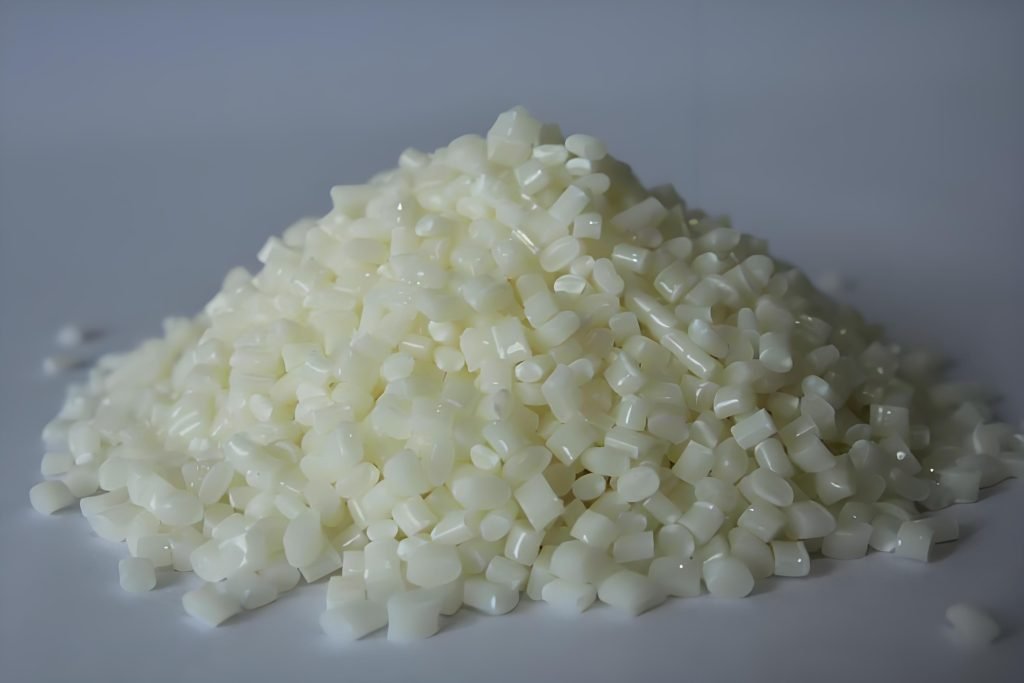
What is PETG?
Polyethylene terephthalate glycol, commonly referred to as PETG, is a thermoplastic polyester that has gained popularity in 3D printing due to its unique properties. It is known for its excellent layer adhesion, resulting in strong and durable prints.
Composition and Basic Properties
PETG is a variation of polyethylene terephthalate (PET), modified with glycol to improve its properties for 3D printing. It offers good chemical resistance and UV resistance, making it suitable for outdoor applications. Its lower warping and shrinkage compared to ABS lead to more accurate prints.
Common Applications for PETG
PETG is used in various applications, including food-related items due to its consideration as food-safe when using virgin material. It’s also used for mechanical parts, outdoor models, and any application requiring durability and resistance to environmental factors.
Advantages and Disadvantages of PETG
The primary advantages of PETG include its strong layer adhesion, minimal warping, and excellent chemical resistance. However, it is prone to stringing and oozing during printing, and post-processing PETG prints can be challenging. Understanding these aspects is crucial for achieving high-quality prints with PETG.
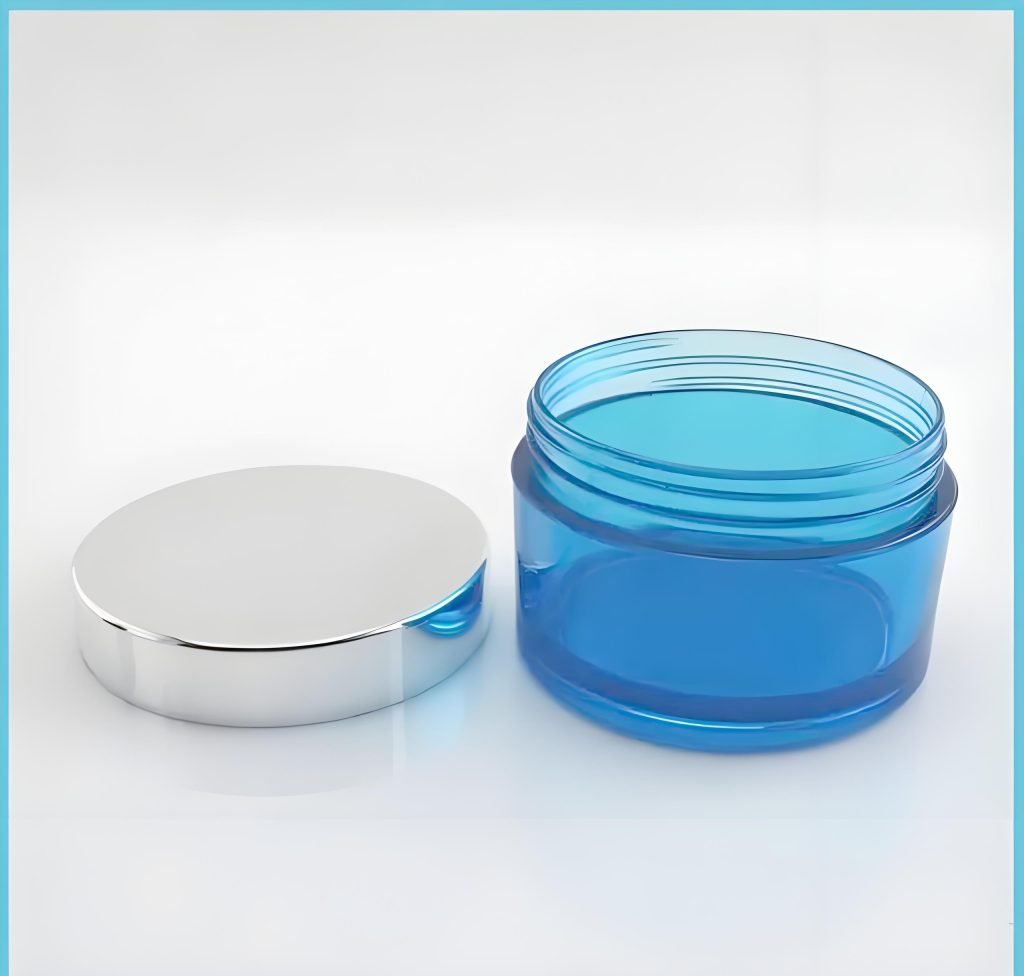
PETG vs ABS: Material Properties Comparison
To choose between PETG and ABS, you need to examine their material properties closely. Both materials have unique characteristics that make them suitable for different applications. Understanding these properties is crucial for selecting the right filament for your 3D printing needs.
Strength and Durability
When it comes to strength and durability, both PETG and ABS have their advantages. ABS is known for its high strength and resistance to impact, making it suitable for applications where parts are subjected to mechanical stress. PETG, on the other hand, offers a balance between strength and flexibility, providing durability without being too brittle. The strength of a material is critical in determining its suitability for various applications, from consumer products to industrial components.
Flexibility and Impact Resistance
Flexibility and impact resistance are key factors in determining the suitability of a material for applications where parts may be subjected to stress or impact. PETG is more flexible than ABS, allowing it to absorb impact without breaking. ABS, while less flexible, has a higher impact resistance due to its composition. The choice between PETG and ABS depends on whether you prioritize flexibility or impact resistance for your specific application.
Temperature Resistance
Temperature resistance is a critical property when choosing between PETG and ABS. ABS has a relatively high glass transition temperature of approximately 105°C, making it suitable for applications exposed to elevated temperatures. PETG has a slightly lower glass transition temperature of around 80°C, which, while suitable for many applications, limits its use in high-temperature environments. The temperature resistance difference between PETG and ABS is crucial for applications like automotive parts, electronics housings, or kitchen gadgets that may be exposed to heat during normal operation.
In conclusion, when comparing PETG and ABS, their material properties offer distinct advantages and disadvantages. By understanding their strength, flexibility, impact resistance, and temperature resistance, you can make an informed decision for your 3D printing projects.
Printability and Ease of Use
When it comes to 3D printing, the ease of use and printability of the material are crucial for a successful project. Both ABS and PETG are popular materials used in 3D printing, but they have different characteristics that affect their printability.
Print Temperature and Bed Adhesion
The print temperature and bed adhesion are critical factors in determining the success of a 3D print. ABS requires a higher print temperature than PETG, typically between 220°C to 250°C, and a heated bed to prevent warping. PETG, on the other hand, can be printed at a lower temperature, usually between 230°C to 240°C, and also benefits from a heated bed for good adhesion. Ensuring proper bed adhesion is vital for both materials to prevent prints from detaching during the printing process.
Warping and Layer Adhesion
Warping and layer adhesion are significant concerns when printing with ABS and PETG. ABS is prone to warping due to its high glass transition temperature and significant shrinkage during cooling. To minimize warping, it’s essential to maintain a stable printing environment and use adhesion aids. PETG, while less prone to warping, still requires a heated bed and proper build surface for good adhesion. In terms of layer adhesion, PETG generally outperforms ABS, producing stronger and more durable prints.
To achieve good layer adhesion with ABS, users may need to fine-tune their printer settings, such as increasing the print temperature or reducing the cooling fan speed. PETG, with its excellent layer adhesion, tends to produce parts that can withstand stress and impact without delamination, making it a more forgiving material for less experienced users.
Post-Processing Techniques
Achieving the desired finish on your 3D prints requires understanding the post-processing techniques specific to ABS and PETG. Post-processing can significantly enhance the appearance and functionality of your prints.
Post-Processing ABS Prints
ABS prints can be post-processed using various techniques. One common method is using acetone vapor to smooth out the surface, reducing layer lines and giving the print a glossy finish. Acetone vapor smoothing is effective because ABS is soluble in acetone. You can also sand ABS parts to remove layer lines or imperfections. For a more refined finish, painting ABS prints is a viable option, as ABS generally accepts paint well.
Post-Processing PETG Prints
PETG prints present more challenges during post-processing compared to ABS. Since PETG is resistant to acetone and most solvents, techniques like acetone vapor smoothing are ineffective. Sanding PETG is possible but requires more effort due to its toughness and abrasion resistance. To improve paint adhesion on PETG prints, thorough surface preparation, including sanding and applying a specialized plastic primer, is necessary. For joining PETG parts, adhesives like cyanoacrylate or two-part epoxy work well. Polishing PETG to a high gloss finish is labor-intensive and involves progressive wet sanding followed by plastic polishing compounds.
Environmental and Health Considerations
In the realm of 3D printing, selecting between PETG and ABS involves not only evaluating their technical capabilities but also their environmental and health impacts. As you consider these factors, it’s essential to understand the implications of your choice on both the environment and your personal health.
Biodegradability and Recycling
When it comes to biodegradability, neither PETG nor ABS is considered biodegradable in the traditional sense. However, PETG is generally regarded as more environmentally friendly due to its lower emission of harmful chemicals during printing. While both materials can be recycled, the process is not straightforward and often not supported by standard recycling programs. You should consider the recyclability and potential for reuse when deciding between these materials.
Fumes and Ventilation Requirements
ABS emits potentially harmful styrene and other volatile organic compounds (VOCs) when heated, posing health risks with prolonged exposure. To mitigate this, using proper ventilation, such as an enclosed printer with a filtration system or ensuring good airflow, is crucial. PETG, on the other hand, produces fewer harmful fumes and does not release styrene, making it a safer choice, especially in poorly ventilated areas. Nonetheless, maintaining good ventilation is still recommended when printing with PETG to minimize VOC exposure.
Cost and Availability
Understanding the cost and availability of PETG and ABS is crucial for making informed decisions in your 3D printing endeavors. Both materials have different price points and availability, which are key considerations for 3D printing enthusiasts and professionals alike.
Price Comparison
Generally, ABS is more affordable than PETG, but PETG offers unique properties that may justify the slightly higher cost for certain applications. To find high-quality filaments at a reasonable price, you should research and compare different filament brands, read reviews from other users, and purchase filaments in bulk or during sales to take advantage of discounts.
Sourcing High-Quality Filaments
To source high-quality filaments, you need to research manufacturer reputation, read user reviews, and sometimes test sample spools before committing to larger purchases. Consistent filament diameter is a key indicator of quality, and proper filament storage is essential for maintaining quality, as both ABS and PETG are hygroscopic.
Aesthetic Considerations
When it comes to 3D printing, the aesthetic appeal of your project is just as important as its functionality. The choice between PETG and ABS can significantly impact the visual quality of your prints.
Surface Finish and Color Options
ABS offers a smoother surface finish and is more receptive to painting and coloring, making it ideal for projects that require a high level of visual detail. PETG, while capable of a good finish, may require additional effort to achieve the same level of smoothness.
Post-Processing for Visual Appeal
ABS is well-suited for projects that require detailed post-processing, such as sanding, painting, and gluing. The ability to smooth ABS prints with acetone vapor is a significant advantage. PETG, on the other hand, is more challenging to paint and glue, limiting its post-processing options. For high-quality prints with a superior surface finish, ABS is often the preferred choice.
Ultimately, your choice between PETG and ABS should be guided by the aesthetic requirements of your project. If high visual quality and ease of post-processing are crucial, ABS may be the better option. However, if durability and chemical resistance are more important, PETG’s limitations in post-processing may be an acceptable trade-off.
When to Use PETG
PETG has become a go-to material for many 3D printing enthusiasts due to its unique combination of properties. It offers a balance between the ease of use of PLA and the durability of ABS, making it suitable for a wide range of applications.
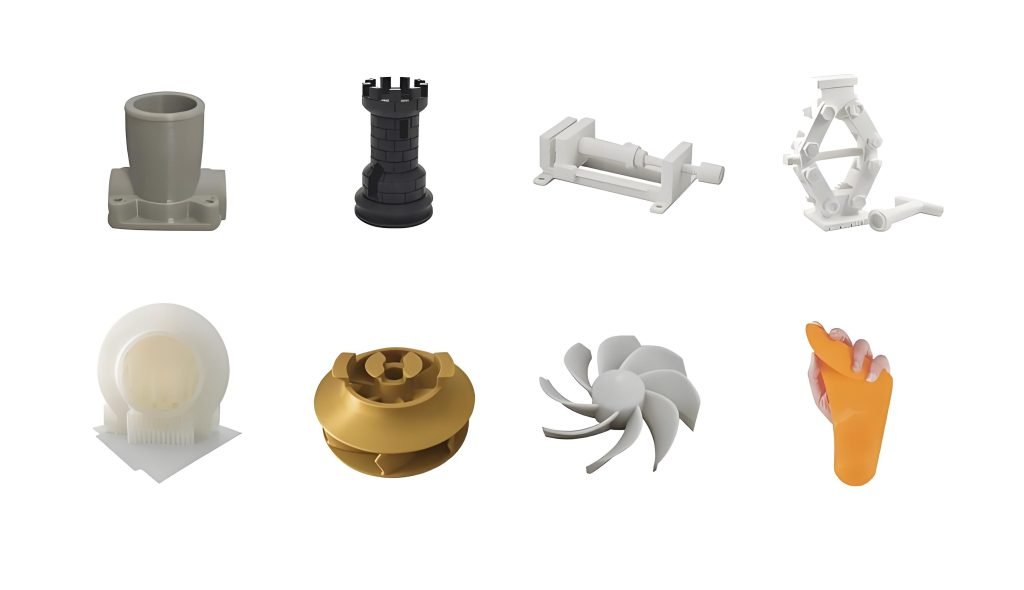
Ideal Applications for PETG
PETG is ideal for printing objects that require high strength and flexibility, such as mechanical parts, containers, and household items. Its excellent layer adhesion ensures that prints are durable and less prone to cracking.
When printing food containers or items intended for food contact, use virgin PETG filament to ensure safety and consider post-processing techniques to seal layer lines.
Tips for Printing with PETG
To achieve the best results with PETG, set your nozzle temperature between 230-250°C and reduce cooling fan speed to 30-50%. Use a heated bed set to 70-80°C and a suitable build surface like PEI or glass with adhesive. Store PETG filament in airtight containers with desiccant to prevent moisture absorption.
Optimizing retraction settings and using a “prime pillar” or “ooze shield” can help minimize stringing and oozing. By following these tips, you can achieve high-quality prints with excellent layer adhesion.
When to Use ABS
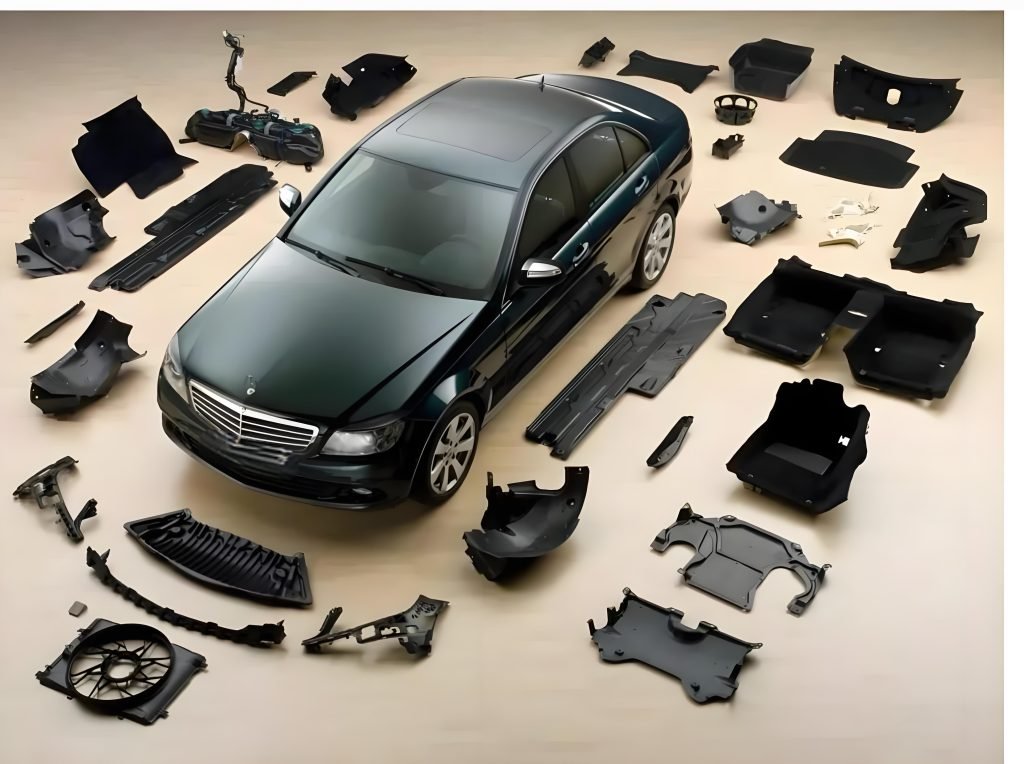
If you’re looking for a material that can withstand harsh conditions, ABS might be the right fit for your project. ABS is a versatile material that offers a unique combination of strength, durability, and impact resistance, making it suitable for a wide range of applications.
Ideal Applications for ABS
ABS is commonly used in the automotive industry for creating custom car parts, dashboard components, and other accessories. Its high strength and temperature resistance make it an ideal choice for parts that are exposed to harsh conditions. ABS is also used in the electronics industry for creating custom enclosures and protective casings. Additionally, it’s used for creating mechanical parts that require high strength and rigidity, such as gears and brackets.
The material’s toughness and impact resistance also make it suitable for creating toys and models that can withstand rough handling. ABS is easy to post-process, allowing for a high level of detail and durability in the final product.
Tips for Printing with ABS
To minimize the prone warping nature of ABS, use an enclosed printer or create a simple enclosure. Set your bed temperature between 100-110°C and nozzle temperature between 230-250°C to ensure proper layer adhesion and reduce internal stress. Apply an ABS slurry or specialized adhesives to the build plate to improve first layer adhesion. When printing large ABS parts, consider adding a brim or raft to increase bed adhesion and reduce warping stress.
Conclusion: Choosing Between PETG and ABS
The choice between PETG and ABS depends on understanding the specific needs of your 3D printing project. Both materials have unique properties that make them suitable for different applications.
For projects that require high temperature resistance, such as automotive parts, ABS is typically the better choice. On the other hand, PETG is ideal for parts that need chemical resistance, food safety, or excellent layer strength.
When making your material choice, consider your printing environment and the post-processing requirements of your project. ABS requires an enclosed printer and good ventilation, while PETG can be printed in varied conditions. Additionally, ABS offers more finishing options, but PETG provides better out-of-the-printer surface quality.
FAQ
How do ABS and PETG compare in terms of impact resistance?
ABS is known for its high impact resistance, making it suitable for applications where durability is crucial. PETG also offers good impact resistance, although it may not be as high as ABS. The choice between the two ultimately depends on your project’s specific requirements.
How do I improve the adhesion of ABS to the build plate?
To improve ABS adhesion to the build plate, you can use a glue stick or other adhesives specifically designed for 3D printing. Ensuring the build plate is clean and at the right temperature can also help.
Is PETG more difficult to print with than ABS?
PETG is generally considered easier to print with than ABS, as it is less prone to warping and has a lower risk of layer separation. However, it still requires proper calibration and printing settings to achieve optimal results.
Can I post-process ABS prints using acetone?
Yes, ABS prints can be post-processed using acetone to smooth out the surface finish. However, be cautious when working with acetone, as it can be hazardous to your health if not handled properly.
How do ABS and PETG compare in terms of temperature resistance?
ABS has a relatively low temperature resistance compared to PETG. PETG can withstand higher temperatures, making it suitable for applications where exposure to heat is a concern.

